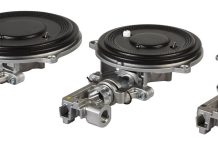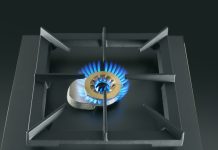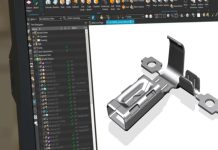Alarms and indicator lights, customized light signals, and switches are the main types of electromechanical components for ovens. Slim, an Italian company that manufactures light signaling products, explains their main characteristics. “Oven indicator lights – the company says – are installed inside the control panels. Their function is to indicate the operating status of the device or the achievement of the temperature set by the controls. The light, usually red or orange, is used to signal that the oven has reached the desired temperature. The indicator consists of four parts (lens or diffuser, light source, plastic support and connection), of which the light source is the core, and the choice must be between LED, neon lamp or incandescent lamp. In this type of application, LEDs can only be used under special conditions, as this source cannot be placed in places with too high a temperature (according to data sheets, it should not exceed 100°C). Ovens may be required to withstand temperatures of 150° and, in such applications, only neon lamps or incandescent lamps may be installed. The plastic support must also be selected in relation to the technical performance required, including resistance to different and high temperature ranges. In this case, polycarbonate can reach up to 120°C, while polysulphone goes up to 150°C”.

In addition to standard light signaling, it’s possible to incorporate customized light signaling components. “Specifically, at Slim, we offer personalized light signaling solutions for ovens, including backlighting for knobs and the logo displayed on the front panel – the company explains –. These solutions are designed to provide a touch of elegance and functionality to high-end ovens. Knob backlighting not only adds an eye-catching aesthetic element but also provides clear visual guidance during oven use”.

Finally, the electric oven switch is a basic component that is used for critical current loads to have direct control over the switching on and off of equipment. “Each indicator or switch – Slim says – is distinguished by its precise configuration and intended use within the device; therefore, it is up to the oven manufacturer to determine its aesthetic characteristics and technical requirements”.



